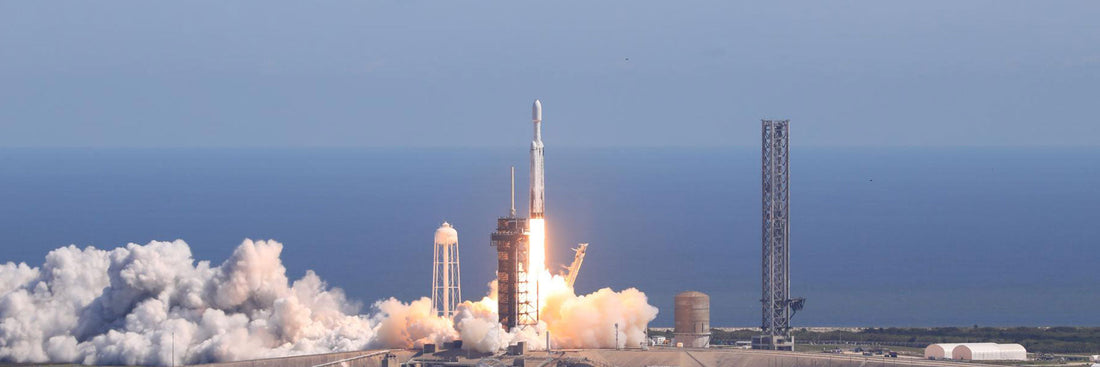
Guide to the Europa Clipper Space Mission: What You Need to Know
Share
Go for Launch!
On October 14th, 2024, the Europa Clipper mission launched from Kennedy Space Center in Florida on a SpaceX Falcon 9 Heavy rocket. The launch was successful, and now the Clipper spacecraft is embarking on a 7-year journey to Jupiter and Europa. Let's ask and answer a few questions about this space mission!
What is the Europa Clipper Mission!?
Taking a step back, the Europa Clipper mission is an exciting endeavor by NASA to explore Jupiter's moon Europa. This mission aims to study the icy moon and its potential for hosting life. Let's delve into the science objectives, instruments, and launch details of this groundbreaking mission.
What are the Science Objectives of the Europa Clipper Mission?
- Study the composition of Europa's surface
- Investigate the subsurface ocean and its potential habitability
- Understand the geology of Europa's surface
- Characterize the surface features and potential landing sites
What Instruments will be Used in the Europa Clipper Mission?
The Europa Clipper spacecraft will be equipped with a suite of instruments to achieve its science objectives. These instruments include:
- Ice-penetrating radar to study the subsurface ocean
- Mass spectrometer to analyze the composition of Europa's surface
- High-resolution camera for imaging the surface features
- Magnetometer to study the moon's magnetic field
Where is Europa Clipper now?
On March 1st, 2025, the Clipper Spacecraft buzzed 550 miles above the surface of Mars, utilizing the Martian gravity to slingshot around the planet. Clipper's trajectory now pushes the spacecraft back to Earth! It will use Earth's gravity for a similar assist then head out to Jupiter and Europa. Clipper will reach Jupiter in 2030, upon which it enter into an orbit around Jupiter, performing periodic flybys of Europa.
With its ambitious science objectives, advanced instruments, and successful launch, the Europa Clipper mission promises to revolutionize our understanding of Jupiter's moon Europa and its potential for harboring life. You can learn about and follow along with the mission at NASA's Europa Clipper mission website here: https://science.nasa.gov/mission/europa-clipper/
That's all for now, tea loving space cadets!
